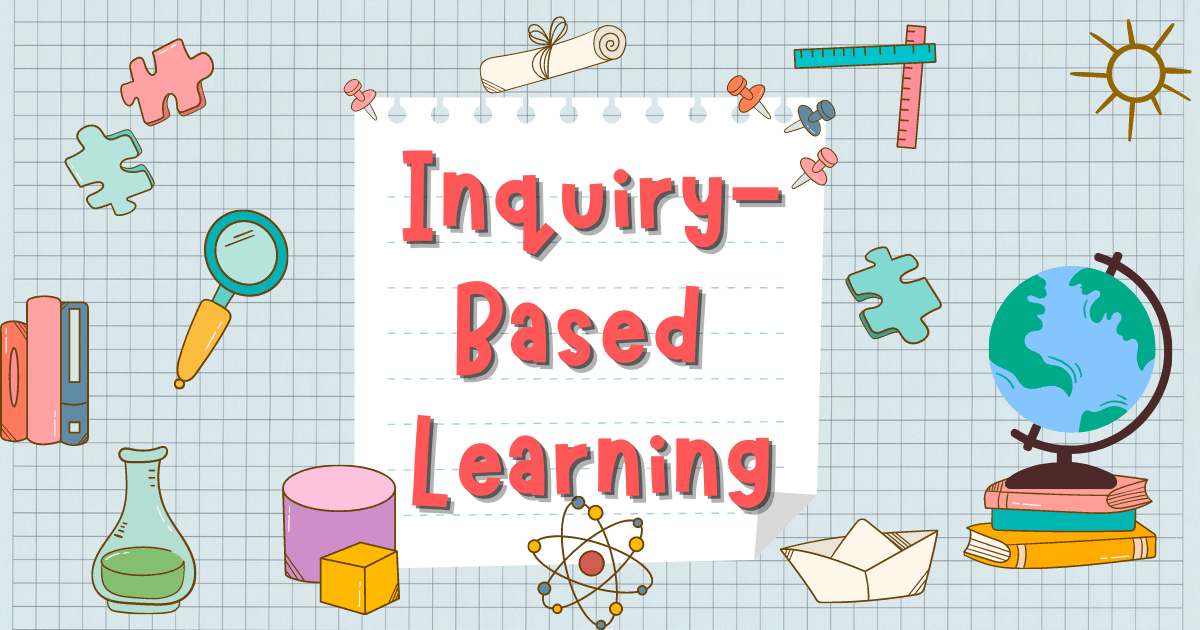
Are you looking for an advanced strategy that will help children get engaged in their learning process? Do you want them to be involved and investigate real-world issues? Then, consider inquiry-based learning in the classroom.
Unlike traditional classroom training where a teacher teaches facts and knowledge about a subject, Inquiry-based learning is a different teaching strategy that encourages students to ask questions and investigate real-world issues. In Inquiry-based learning, students follow different methods and practices to construct knowledge similar to professional scientists.
Is inquiry-based learning effective?
Inquiry-based learning not only helps students engage in their learning process, but they also get an opportunity to explore a topic in-depth and earn experience out of it. As per a study, we remember 75% of what we do compared to 5% of what we hear and 10% of what we read. Hence, inquiry-based learning enables students to better understand the topic and recall all the information by making connections.
There are four types of inquiry-based learning:
Today’s students are required to acquire critical thinking skills to:
When it comes to building critical thinking skills in the classroom, the students can use current events such as protests in NFL (National Football League) and spark collaborative, courageous, and critical discussions among students. To let students talk about current events and critical thinking in a productive manner teachers encourage traditional chalk talk activities in classroom discussions. In this activity, teachers paste the pros and cons on the classroom wall on the particular topic. Then the students are asked to read both sides of the argument anonymously and leave a response.
Another activity that helps students write persuasive letters to representatives and takes critical thinking a step further. In this activity, students can turn their thoughts into actions by making their voices heard on matters they care about. Hence, it’s crucial to train students to think critically about their posts, words, and votes on the internet. They also need to know the difference between real news and advertisement that gives instant access to information online.
By incorporating these strategies into a lesson, teachers can help their students think critically about articles, images, and videos.